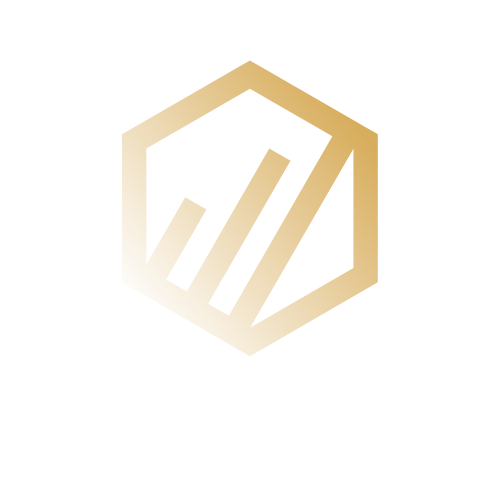In today’s competitive market, businesses need to make the most of their advertising budget to stay ahead. Paid advertising has proven to be a powerful tool when it comes to reaching and influencing potential customers. However, simply investing in paid advertising is not enough; maximizing return on investment (ROI) requires careful planning and execution.

1. Define Your Goals
Before diving into paid advertising, it is essential to establish clear goals. What are you trying to achieve? Are you looking to increase brand awareness, generate leads, or drive sales? Having a specific objective will help you choose the right channels and optimize your campaign accordingly.
2. Know Your Target Audience
Understanding your target audience is the key to successful advertising. Conduct thorough market research to identify your ideal customer demographics and psychographics. This information will help you tailor your advertising message to resonate with your target audience, resulting in higher conversion rates and a better ROI.
3. Choose the Right Advertising Channels
There are numerous advertising channels available, including search engine marketing, display advertising, social media ads, and influencer marketing. Each channel has its unique advantages and disadvantages. Consider your target audience, budget, and goals to determine the channels that will yield the best results for your business.
For instance, if you are targeting a younger audience, investing in social media ads might be a wise decision, whereas search engine marketing can be effective for driving targeted traffic to your website.
4. Craft Compelling Advertisements
Once you have chosen the right channels for your campaign, it’s time to create compelling advertisements that catch the attention of your target audience. The key to a successful ad is to deliver a clear and concise message that highlights the benefits of your product or service.
Remember to incorporate strong calls-to-action (CTAs) that encourage users to take the desired action, such as making a purchase, subscribing to a newsletter, or downloading a guide. A well-crafted ad can significantly increase click-through rates and ultimately boost your ROI.
5. Continuously Monitor and Optimize
Paid advertising is not a set-it-and-forget-it strategy. It requires constant monitoring and optimization to ensure the best possible results. Regularly review your campaign’s performance metrics, such as click-through rates, conversion rates, and cost per acquisition, to identify areas for improvement.
Split testing different variations of your ads, landing pages, and targeting options can help you identify what resonates best with your audience and optimize your campaign accordingly.
6. Track and Analyze Your Results
Tracking and analyzing your campaign’s results is crucial for measuring your ROI accurately. Use website analytics tools, conversion tracking pixels, and attribution models to evaluate the impact of your paid advertising efforts. This data will help you make informed decisions about the allocation of your advertising budget and identify areas of improvement for future campaigns.
7. Adapt and Evolve
The advertising landscape is constantly evolving, and what works today may not work tomorrow. Stay up-to-date with industry trends, emerging advertising platforms, and evolving consumer behaviors. Be prepared to adapt your strategies and explore new opportunities to maximize your ROI.
In conclusion, leveraging the power of paid advertising can be a game-changer for your business. By defining your goals, knowing your audience, choosing the right channels, creating compelling advertisements, continuously optimizing, and tracking your results, you will be well on your way to maximizing your ROI and achieving your business objectives.








